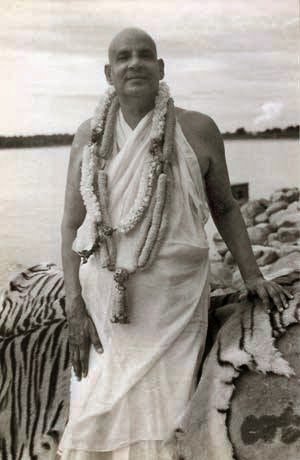BHAKTI YOGA :F :2.

F. FRUITS OF BHAKTI : 2. The fruits of Bhakti is Jnana. Jnana intensifies Bhakti. Even Jnanis like Sankara, Madhusudana and Suka Dev took to Bhakti after Realization to enjoy the sweetness of loving relationship with God. Knowledge or wisdom will dawn by itself when you practice Bhakti Yoga. Bhakti is the pleasant, smooth, direct road to God. Bhakti is sweet in the beginning, sweet in the middle and sweet in the end. It gives the highest, undecaying bliss. Kindle love divine in thy heart, for this is the immediate way to the Kingdom of God. Pray to the Lord. Sing His glory. Recite His Name. Become a channel of His grace. Seek His will. Do His will. Surrender to His will. You will become one with the cosmic will. Surrender unto the Lord. He will become your charioteer on the field of life. He will drive your chariot well. You will reach the destination, the Abode of Immortal Bliss. Swami Sivananda END. Next : The Realisation of the Absolute





.jpg)





